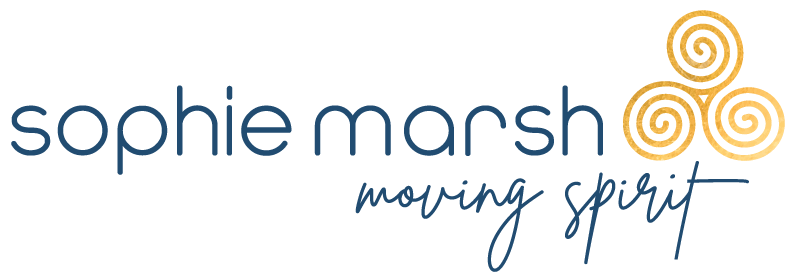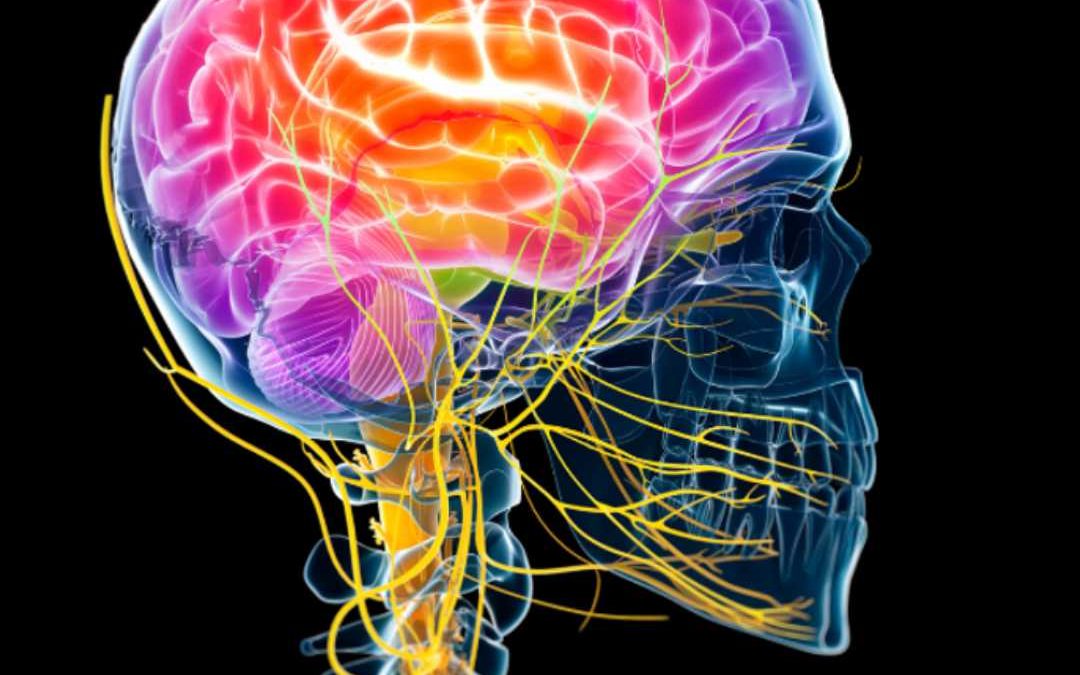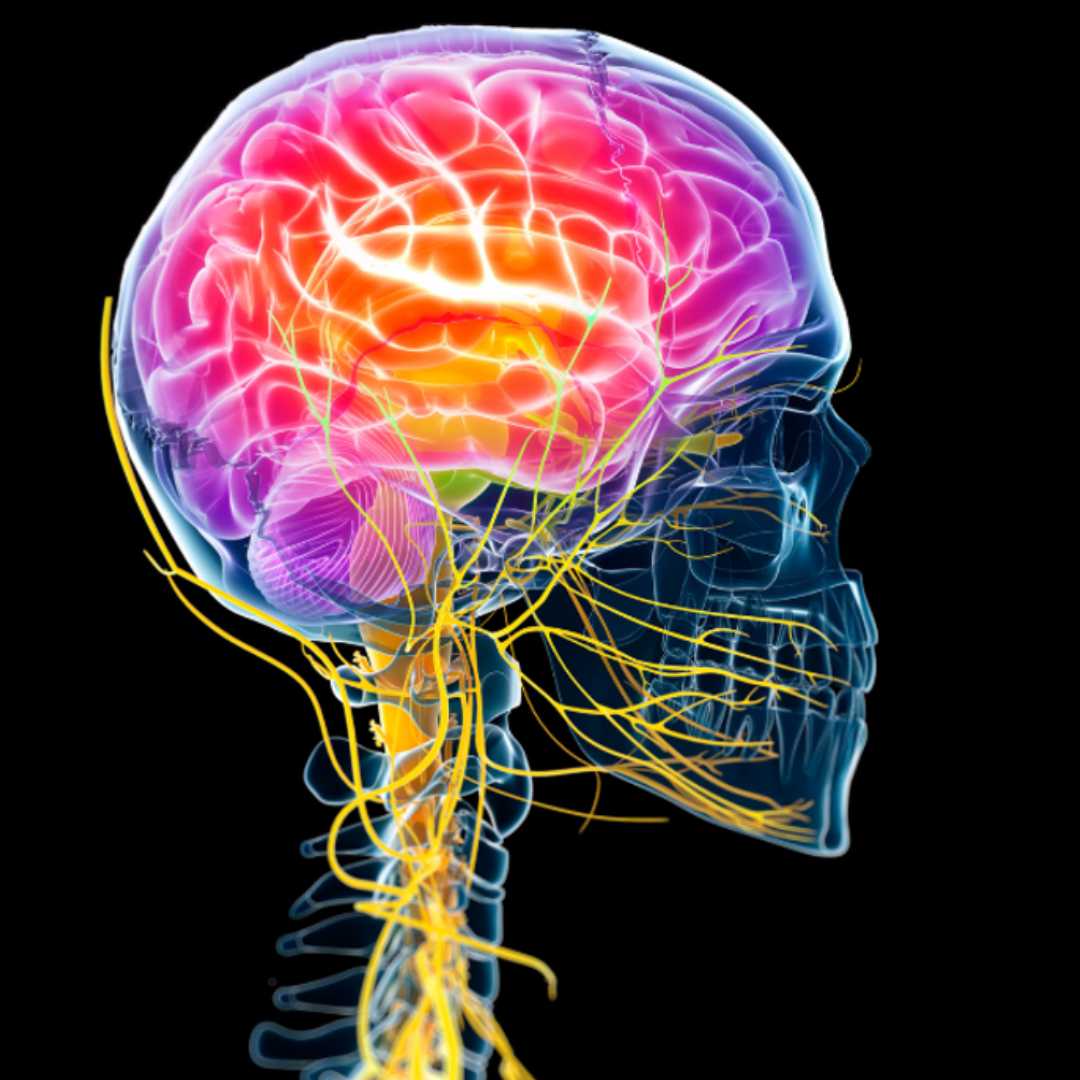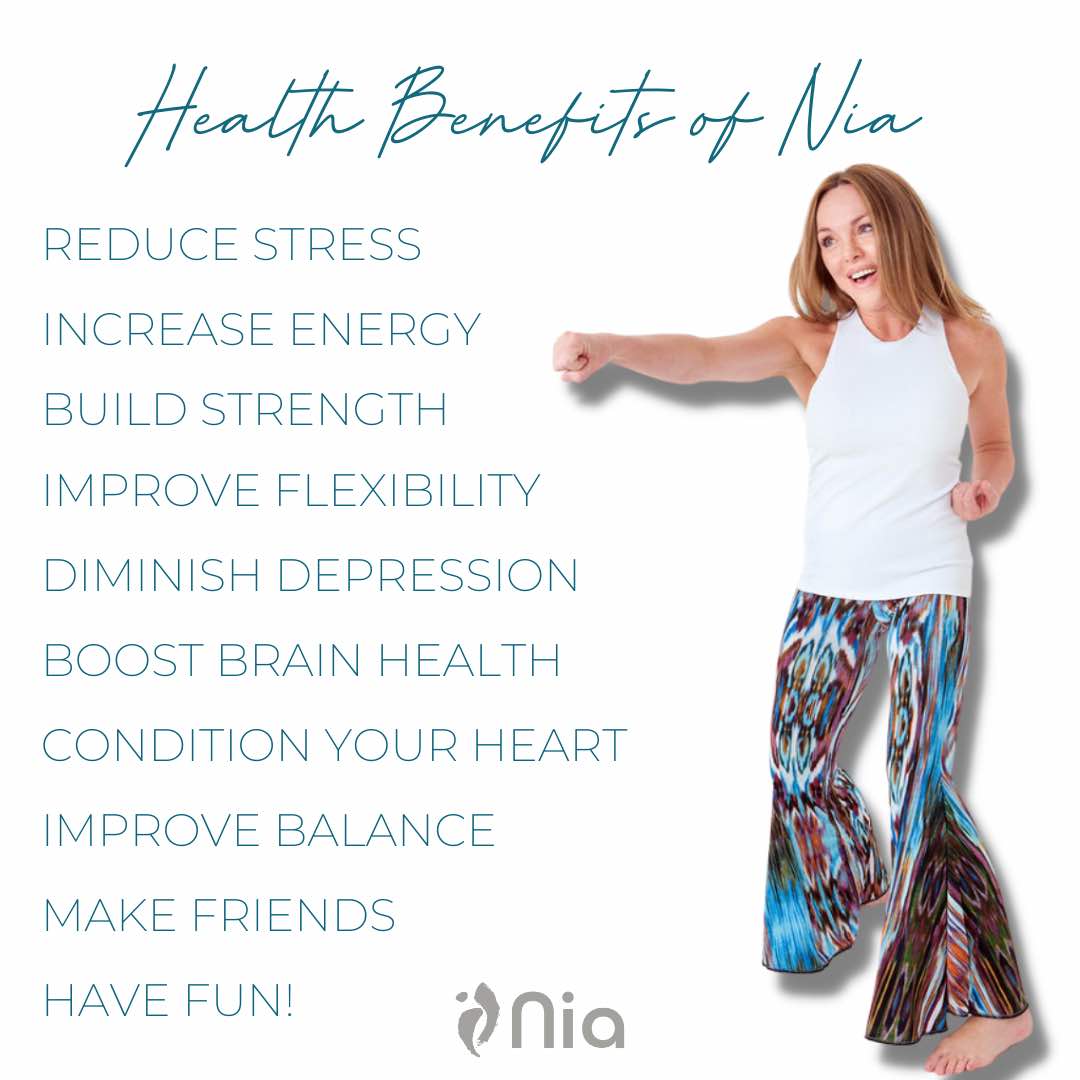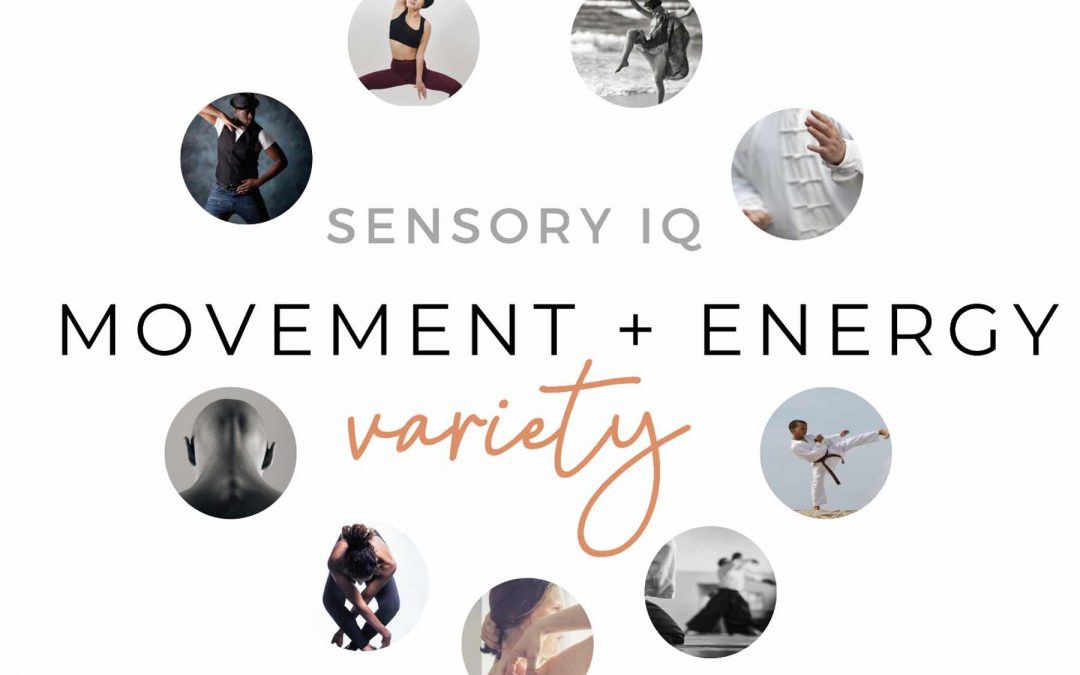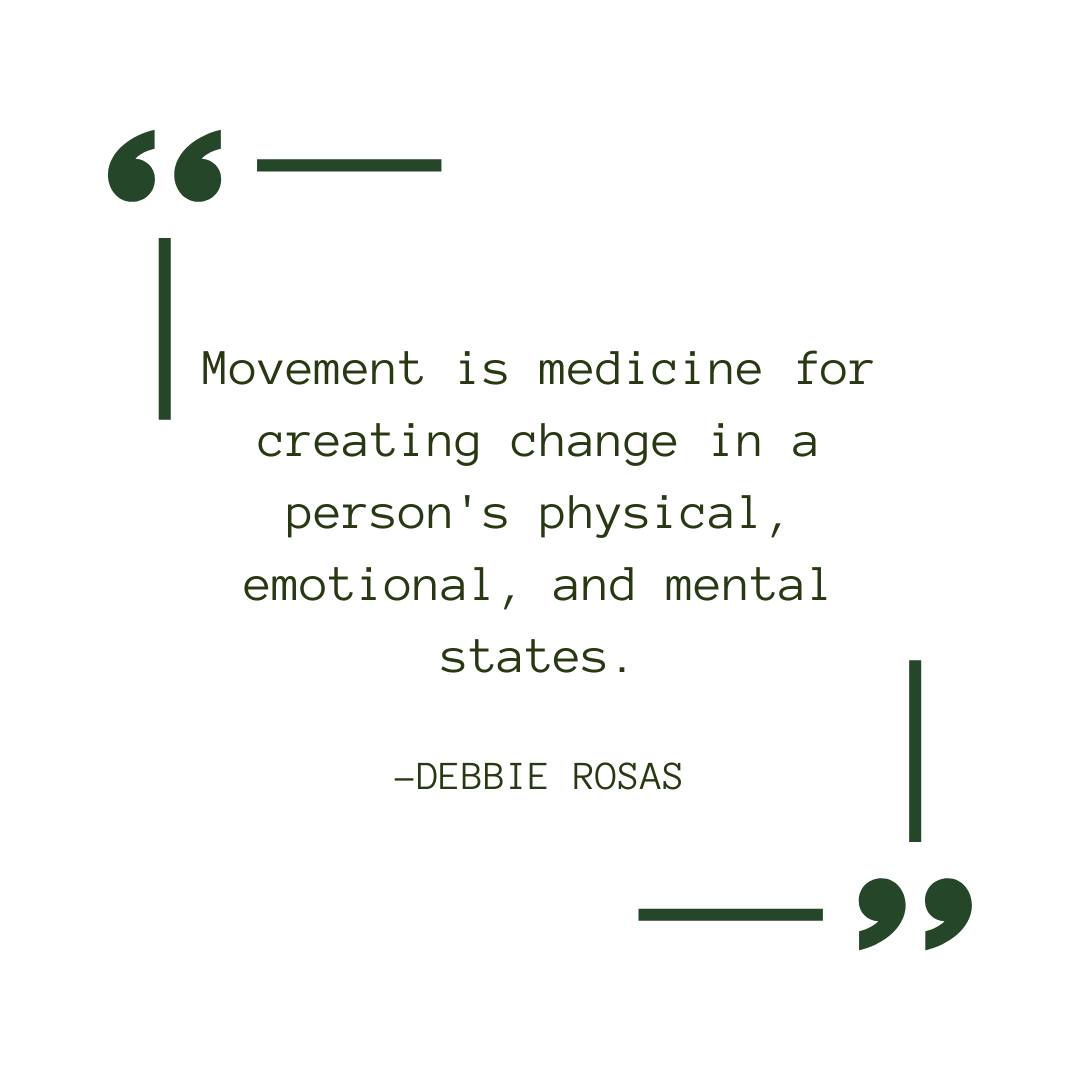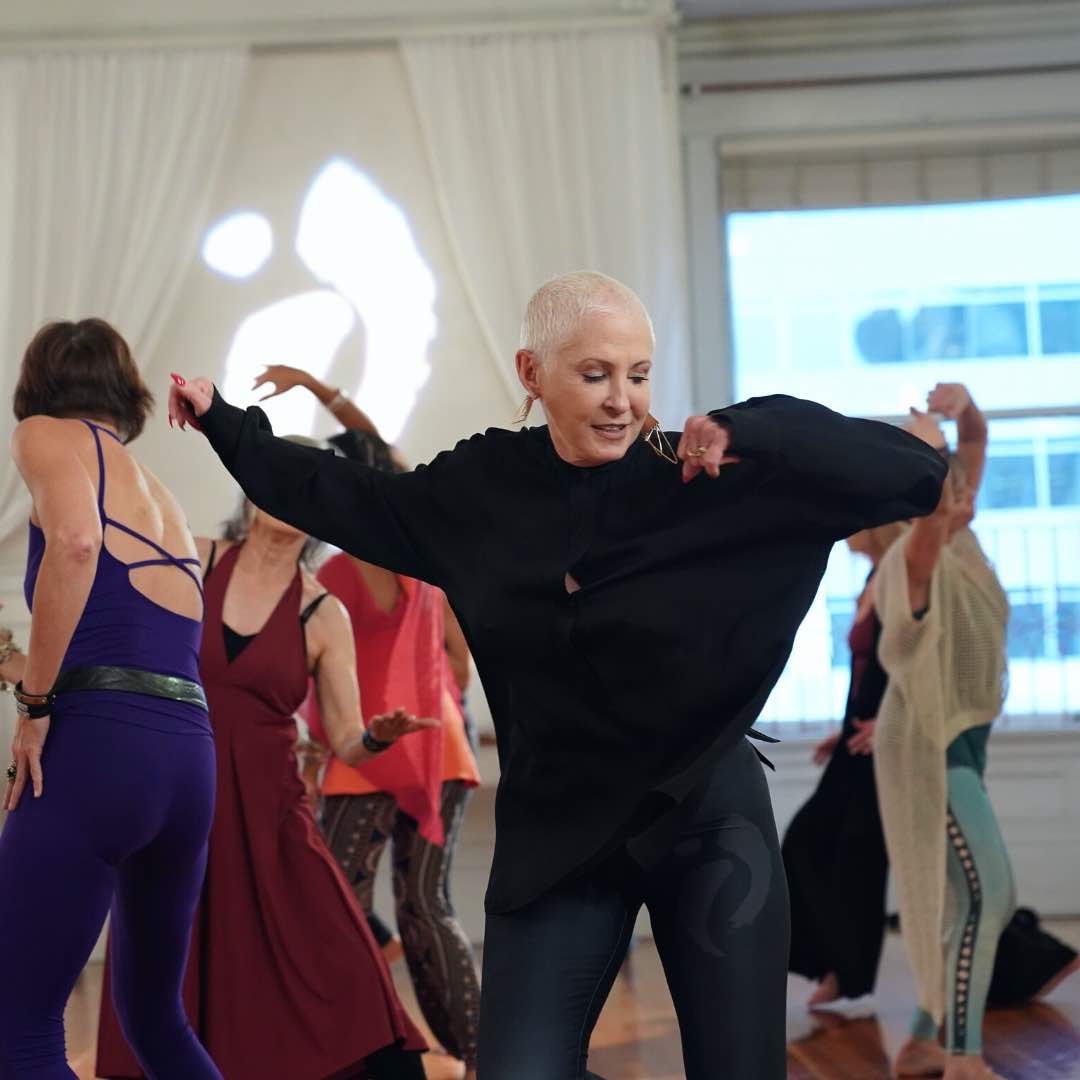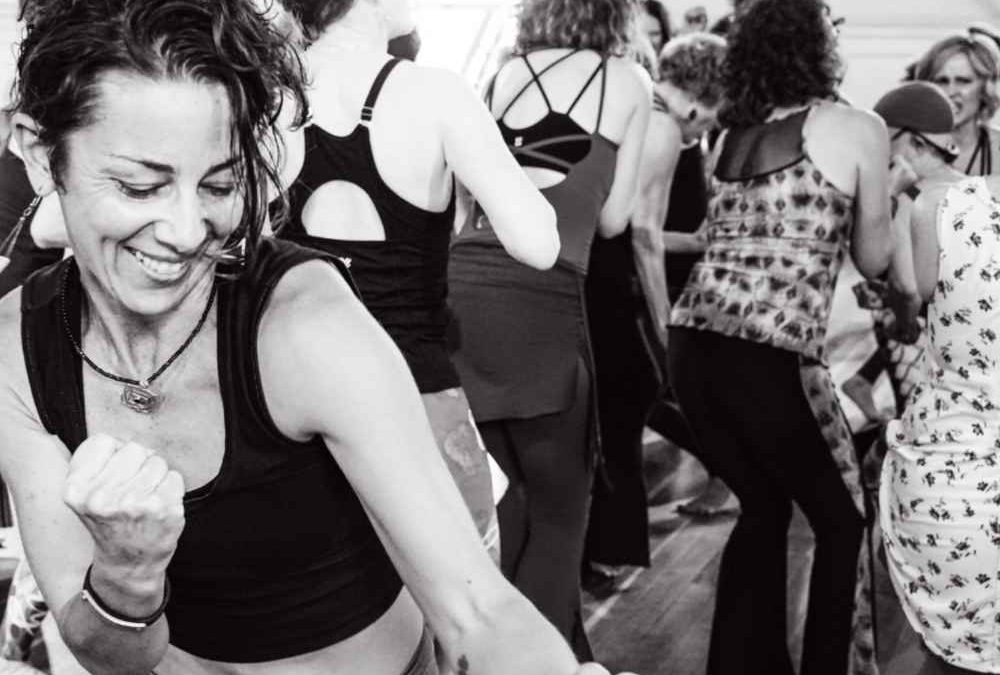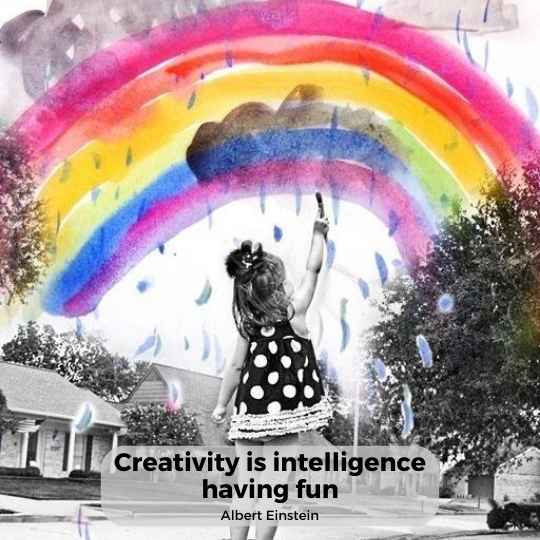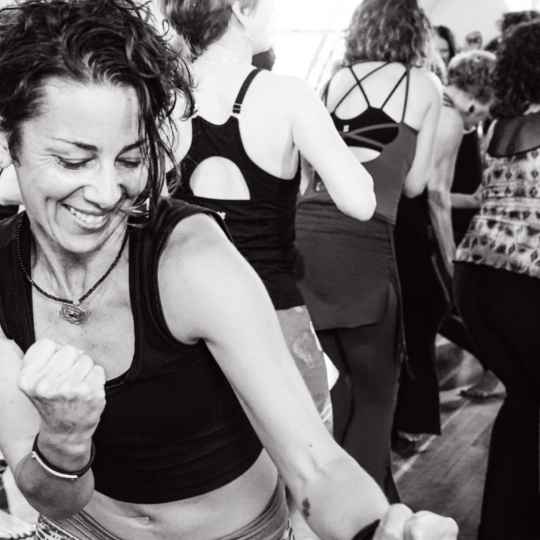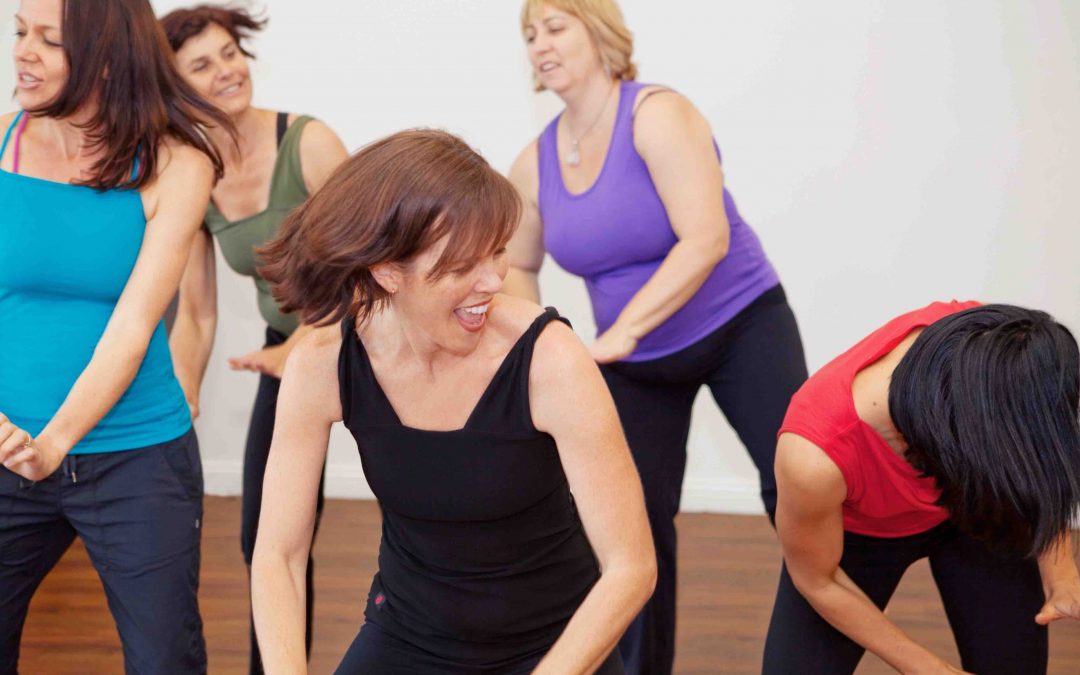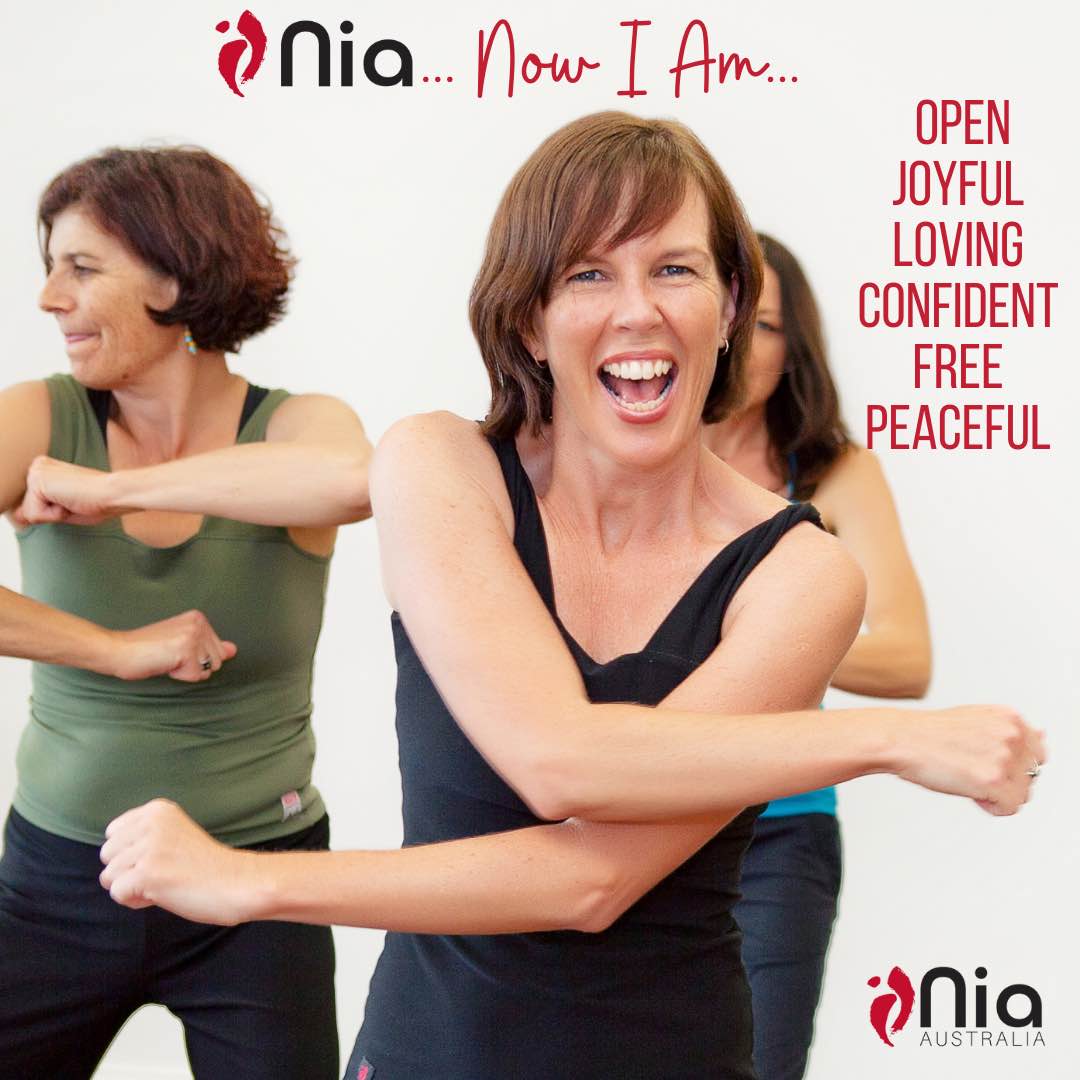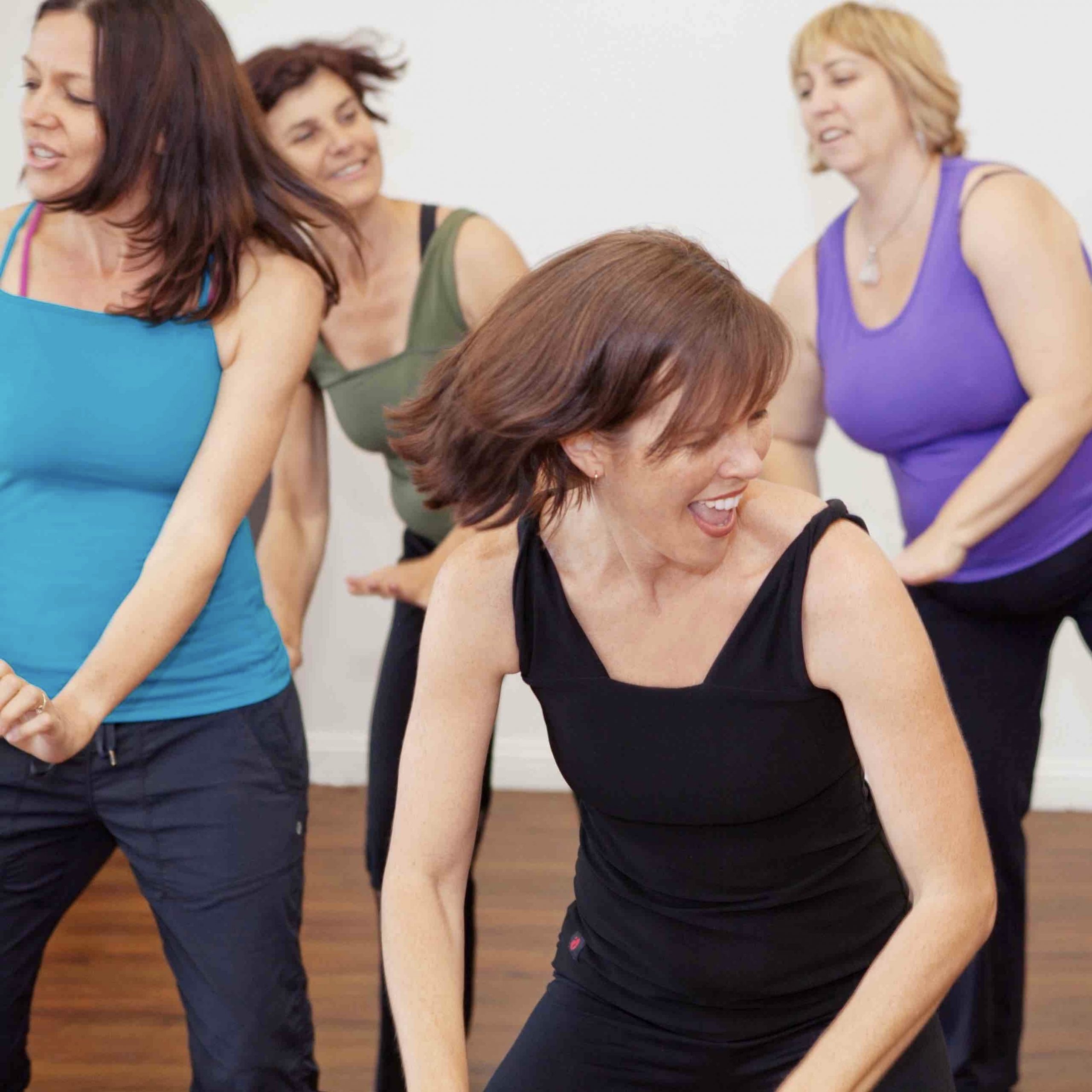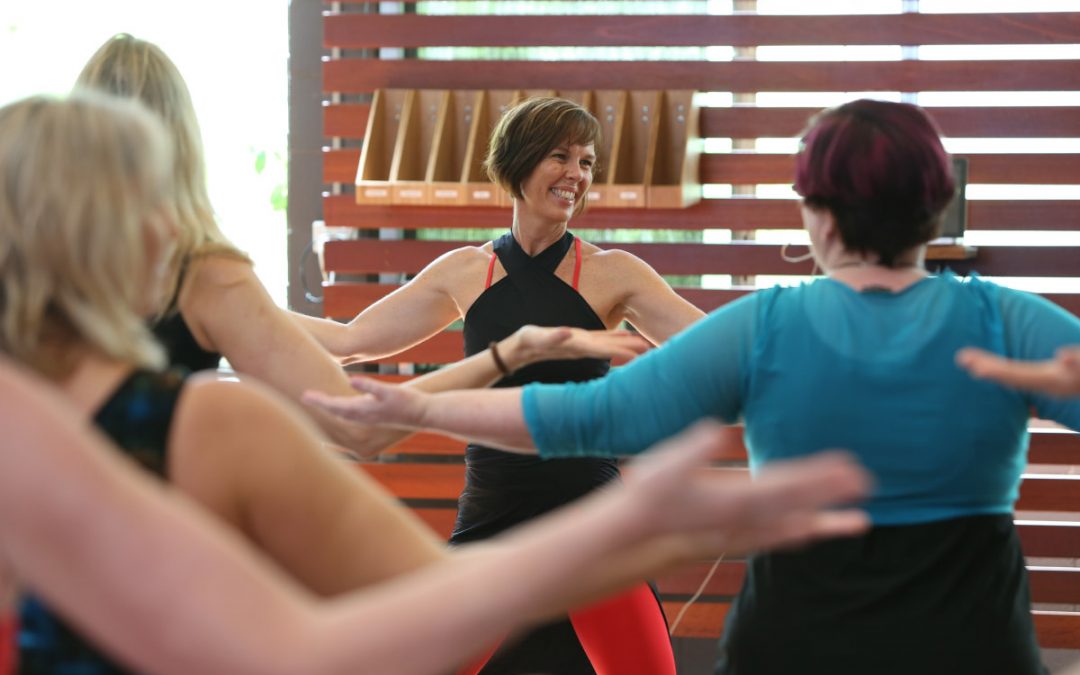
Discover the Joy of Nia: A Beginner’s Guide to Your First Class
Discover the Joy of Nia: A Beginner’s Guide to Your First Class
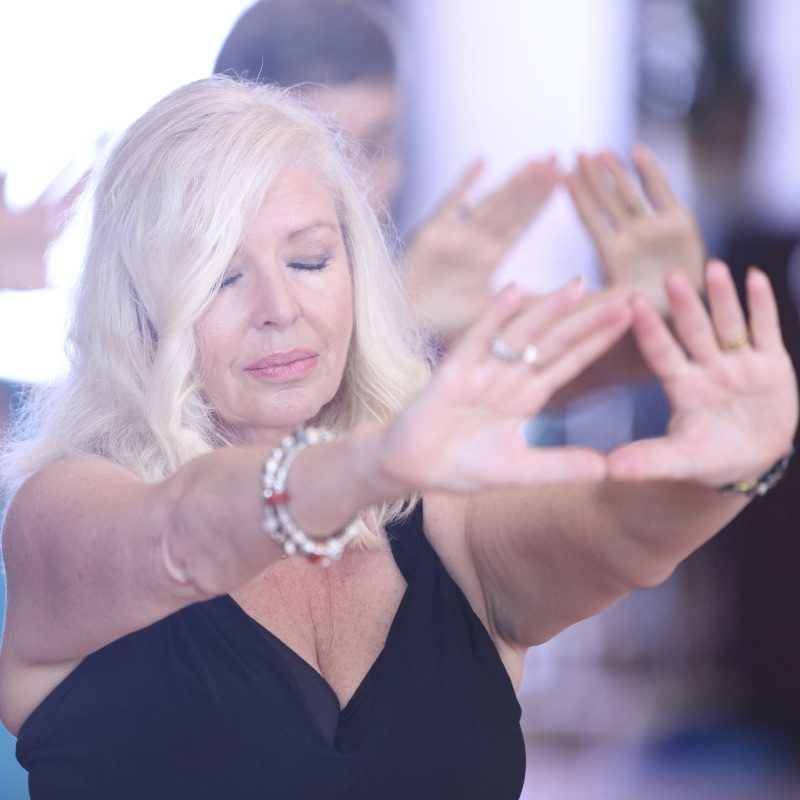
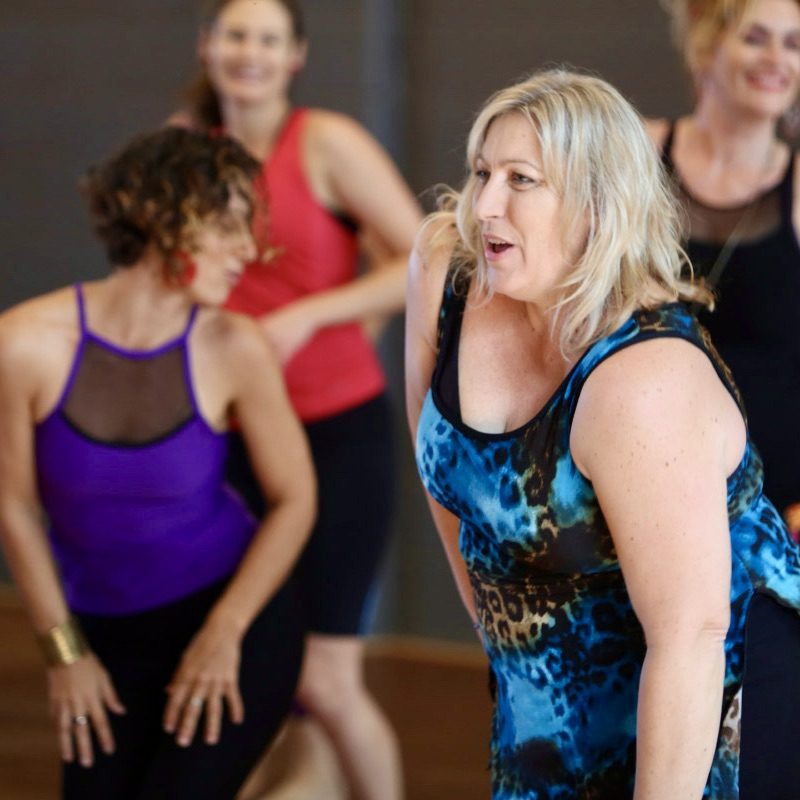
Many women are discovering the transformative power of Nia – a joyful movement practice that cultivates greater self-acceptance, connection and a sense of well-being. The movements are simple, yet the practice is profoundly enriching. Nia helps enhance energy levels, clear mental fog, and promote inner calm. It’s a perfect way to support healthy, active ageing – so you feel more vibrant and in tune with your body as you navigate menopause and move into your Third Act.
Ready to experience the benefits of Nia for yourself?
Here are seven tips to guide you as a Nia beginner.
- Nia Welcomes Everyone, No Matter Where You’re Starting From
It’s been 26 years since my first class, and I still remember stepping in, wondering what I was getting myself into—only to feel like I’d come home. Nia is designed to be accessible to all bodies, regardless of age, size, or fitness level. Whether you’ve been active all your life or are just beginning to explore movement, Nia invites you to step into class with a “Beginner’s Mind.”
Put aside any concerns about getting it right and instead move in a way that feels right for you. You belong here, just as you are. Nia classes foster a supportive, welcoming community where you can connect with like-minded individuals. - Tune Into the Present Moment
Take a deep breath and let yourself fully experience the present moment. Feel the sensations in your feet as they connect with the earth. Notice the rhythm of the music and how your body moves in response. Pay attention to your breath, allowing it to flow naturally.
You’ll be guided to bring your awareness to body sensations with curiosity, so you can move with greater intention and ease. By cultivating mindfulness during your Nia practice, you can deepen your connection to yourself, creating a more enjoyable and fulfilling experience. - Start Gently and Move at Your Own Pace
It’s natural to feel a little nervous when trying something new. Nia offers supportive guidance, allowing you to move at a pace that suits you. Modifications are always available, so you can find a version of each movement that feels good for your body. Start by slowing down or using a smaller range of motion as you gradually find your rhythm. There’s no pressure to keep up or perform—the intention is to enjoy the movement and listen to your body. As you grow more comfortable, you can increase the energy of your movements. - Start with Your Base and Build Up
Nia encourages you to begin with your feet and legs, finding the rhythm of the music. Once you’re grounded, bring in your core, arms, and hands to fully engage your body. This natural, step-by-step approach helps you move fluidly and comfortably, building strength and flexibility for everyday life. - Dress for Comfort and Freedom
There’s no Nia uniform! Wear clothing that makes you feel comfortable, free, and ready to move. Nia is typically practised barefoot, but if you have concerns about your feet, soft-soled shoes are a great option. - Every Class Has a Meaningful Focus
Each Nia class has a focus and intention, such as centring on your breath or finding calm. These elements help engage your mind while deepening your connection to your body. The result is a purposeful, enriching, and personal experience that supports both mental and physical well-being. - Enjoy Floorplay and Self-Healing
Towards the end of each class, we transition into Floorplay, a time for strengthening and self-healing. You’ll have the option to adapt movements to suit your body, whether on the wooden floor, on a yoga mat, using a chair, or simply resting. This time allows you to honour your body’s needs and leave feeling relaxed, rejuvenated, and ready for whatever comes next.
The best way to find out if Nia is right for you is to try a class (or two… or three!)
Click here to claim your special introductory offer and experience the joy of movement for yourself! NEW STUDENT SPECIAL
Connect with Sophie if you have any concerns or questions. Start today!
MORE LIKE THIS: 10 Tips for Taking an Online Nia Class
Sophie Marsh © 2022 • Web Design Seedhead
